Like many first-world nations, Australia has a public health insurance system that is funded through taxes. Under their system, all citizens have access to free or low cost healthcare. Their healthcare system is designed to ensure that all citizens receive a basic standard of medical care, but citizens and migrants are required to take out coverage for some specific services.
Plus, they also have the option of paying for private healthcare. Those who do may still have up to 75 percent of their medical treatment paid for by Medicare, but they pay extra premiums to cover access to private doctors and hospitals.
Since healthcare is expensive, Australia introduced the Lifetime Health Cover (LHC) in 2000. Individuals who are 31 years of age or older should know their LHC base day and how LHC works in order to minimize LHC expenses. Read on for more details.
What is LHC for?
Health funds are available in Australia that cover a range of specific services and treatments. For example, people who want access to dental coverage or ambulance coverage may need to pay insurance premiums for those services. The LHC is connected to hospital insurance, which is coverage that gives individuals access to treatment in private hospitals.
How much does LHC cost?
The specific cost of LHC varies. It is a rate that takes effect at age 31, and the cost varies based on when coverage begins. The rate increases annually to a maximum of 70 percent. Rates for couples and families are subjected to a split rate between the two adults.
Each adult’s rate is determined and then their rates are added together and divided in two. This means that if one adult was subject to a 10 percent rate and the other was paying 20 percent, the new family rate would be 15 percent.
Factors impacting the annual increase
If an individual takes out hospital insurance after they turn 31, they will be required to pay an LHC of two percent each year, with the rate increasing every year. Once an individual has had coverage for 10 years consecutively, then the rate is reset to zero percent and that rate remains in effect unless there is a lapse in coverage.
How to determine your LHC base day
An individual’s LHC base day determines when the LHC fee takes effect. This date is either July 1, 2000 or it is the first July 1 following the date you turned 31. The latter of these two dates is an individual’s LHC base day. This means that if a person turned 31 on July 2, 2000, their LHC base date would be July 1, 2001, while July 1, 2010 would be the base date for a person who turned 31 on June 30, 2010.
Conditions for migrants
Anyone who moves to Australia from another country may be subject to a different LHC base day. The two dates of note are the one-year anniversary of the migrant registering for Medicare and July 1 following their 31st birthday. The latter of these two dates is used as a migrant’s LHC base day.
How to determine your LHC payment
There are a number of factors that can impact LHC rates, so it’s important for each person to review these variables and calculate their LHC individually. There are sites designed to walk you through the steps, which also list some of the things that can affect an individual’s LHC rate, such as alternate coverage through the military. Other conditions that could impact the LHC rate include things such as overseas travel.
Avoiding LHC loading
People who acquire private hospital coverage prior to turning 31 are also not subject to an annual loading fee. These people may be subject to fees if they cancel their insurance at any time.
Gaps and exemptions
Citizens and migrants are legally permitted to not have hospital insurance for up to 1094 days. After this time the loading fee applies. LHC is applicable to anyone born July 2,





